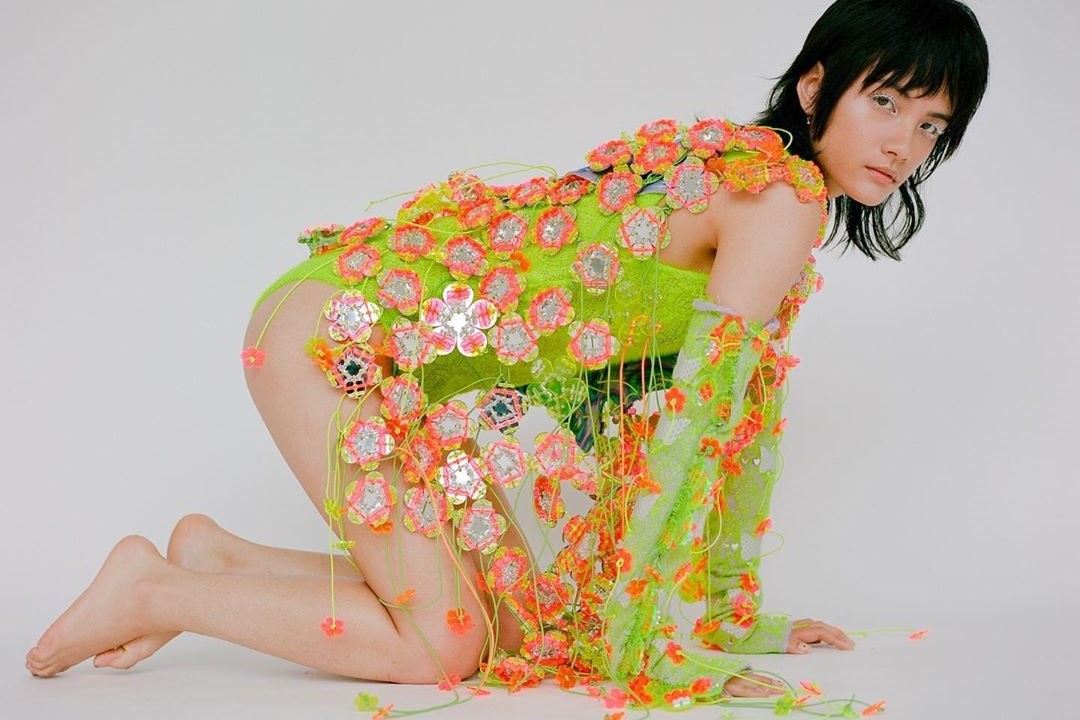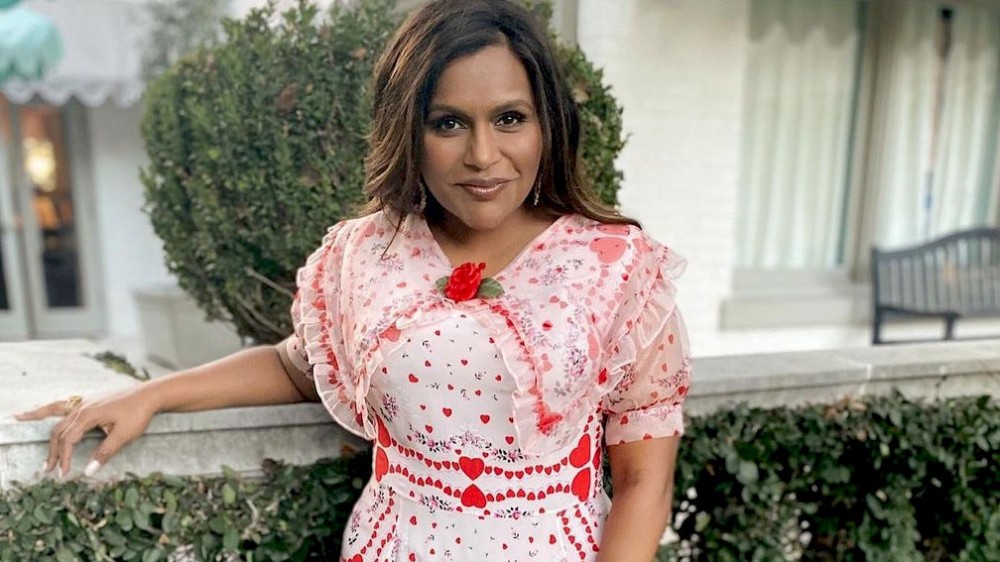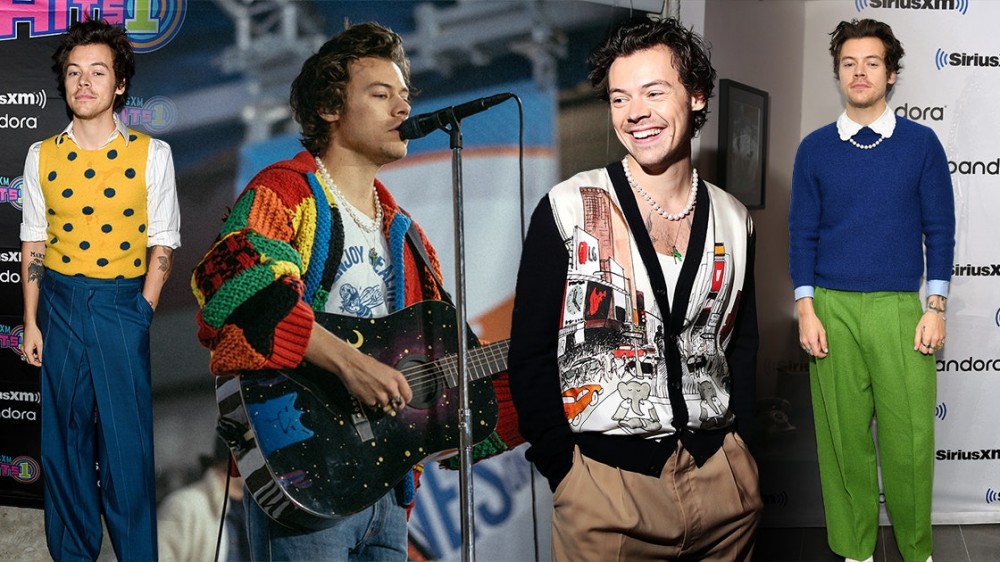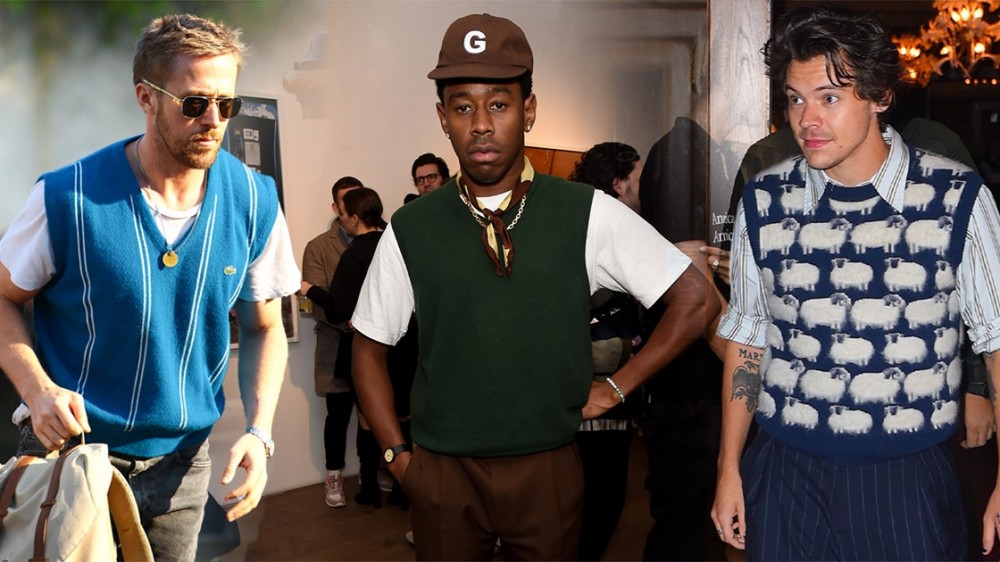
A new fashion film charts the highs and lows of Parsons’ Class of 2020
With their catwalk show cancelled due to coronavirus, this year’s grads created a short documentary following their final weeks in fashion school
Battling coronavirus-induced curveballs at every turn, 2020 didn’t turn out quite the way its fashion grads envisaged. With universities closing their doors in the face of the pandemic back in March, students were relegated to creating final collections from their tiny rented bedrooms, finding new ways of presenting their work, and bringing their education to a close via live-streamed graduation ceremonies.
Among those hit by the series of unexpected events this year brought were the students of Parsons’ MFA Fashion course. Going back to the drawing board when it became clear a runway showcase was off the agenda, the class valiantly grouped together to create a short documentary which took its place.
Directed by New York-based filmmaker Adinah Dancyger, Generation 9 tells the unique stories of the Class of 2020, taking a deep dive into their final collections. On the line-up are personal offerings which explore sexuality and prejudice, garments which repurpose Chinese trinkets into garments that narrate a kind of IRL Toy Story, and clothes made from foamy fruit protectors – because who doesn’t look at foam covers and think three-piece suit?
Demonstrating the resilience of this year’s COVID collegiates, the doc importantly highlights the inner thoughts of each designer and charts their failures as well as their successes – crucially showing the level of work that goes into creating a final collection before it comes anywhere near the catwalk. By offering a glimpse of the lows as well as the highs, the students hope to bring new honesty to an outdated system, and prove things should not return to normal as the curtains draw on the pandemic.
Here, we meet a few of the students who talk us through their projects, their thoughts on the future of fashion, and what comes next.
CHI YU HAN, 26, TAIWAN
“My collection, Exploring an In-Between Moment is inspired by my childhood, when I was obsessed with digging into my sister’s closet and dancing around wearing her beautiful floaty dresses. As a child, I didn’t know what a dress meant nor what was ‘masculine’ and ‘feminine.’ As a grown up, I found this playful moment very beautiful and naive and wanted to capture the abstraction of unselfconscious gender play. I used different kinds of heavily gendered fabric such as suiting, floral chiffon, sportswear jersey, and shirting to create a blurred visual; an ambiguous, equal hybrid vision of how I think gender identity should be.
It’s about emphasising the importance of being empathetic, inspired by my personal experience of being a homosexual man – how I suffered because of peoples’ misunderstanding and lack of empathy towards my gender and sexuality. As a designer, I’m asking myself: am I being honest enough? To never do or say what is expected by the world. If we as designers are being honest enough with ourselves, the work will naturally hold a powerful statement for the world to echo – to be brave enough to own our own thoughts.
I don’t think my beliefs have changed because of this new era, because the world is always full of uncertainty, not only this year. The world will never behave the way we want it to behave – it’s our responsibility to be flexible, and to keep finding balance between what we believe is right to do and what the current world is about. You can do everything, because everything is possible, but only if we as graduating designers make up our mind to get our hands dirty, working as hard as we can – otherwise, nothing will come next.”
KAREN HESHI, 25, CANADA
“I want to pose the question, why must a suit look like a suit? Throughout our lives, we are constantly performing, either digitally or in reality. Society commands us to perform flawlessly, as we are expected to appear ‘appropriate’ for the occasion or ‘professional’ within our roles. This inspired me to create The Performing Suit – a technique that allows the wearer to control the uniform, instead of the uniform controlling the wearer – which I did by experimenting and breaking down one of the world’s most iconic and traditional uniforms: a three-piece suit. I like to work within the constraints of something serious, like the suit, and through abstracting it, create something that is playful and has a sense of humour.
We are the first and only students to have graduated virtually, which still feels so surreal till this day. This draws a line under what previous graduates have done in having their final garments walked down the New York Fashion Week runway – which burned through thousands of dollars just for a 20-minute-long show. Fashion has also come to rely so much on machines, which is why the fashion market has been moving faster and faster – from two seasons a year to four seasons a year. I never knew fashion was a marathon? We are producing so much that influencers don’t want to wear the same thing twice. And since everyone is staying home and working remotely, could the future offer an opportunity to create a virtual wardrobe?”
QINGZI GAO, 24, CHINA
“This collection, A Real Toy Story, is based on the connection between me and mass-produced goods. Born and raised in an inner-city in China, I consider the mass-produced toys and plastic accessories one of the most important components of my childhood. My parents took me to the small commodity markets to purchase dresses and accessories to dress me up. With ten plastic butterfly hair clips on my hair, I felt like a princess. Those synthetic objects built up my fantasies. The textiles are inspired by toy engineering and I am using my craftsmanship to turn cheap synthetic material into more valuable goods, playing with the tension between ‘trash’ and ‘treasure’.
I chose to stick with vibrant colors and exaggerated shapes and I started to make weird accessories and small toy-like objects. I always want to bring happiness to the audience through my collection especially in this tough time. Fashion to me is always a way to tell stories, feelings, and thoughts of my surroundings, and it’s also a way to express my vision of the future. And I think that makes fashion more important to me in this new era of uncertainty because there are more possibilities, perspectives, and voices that fashion can help deliver.”



